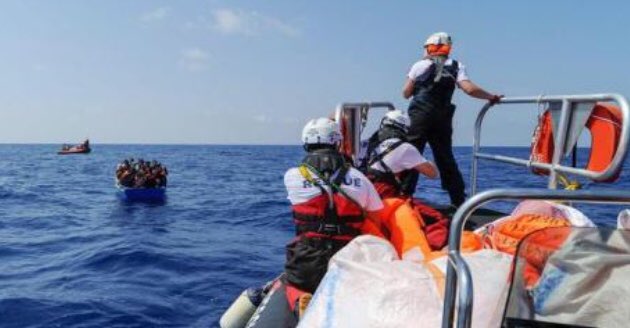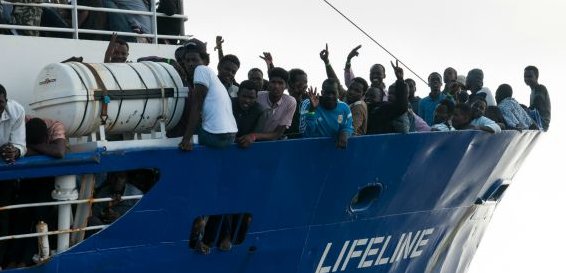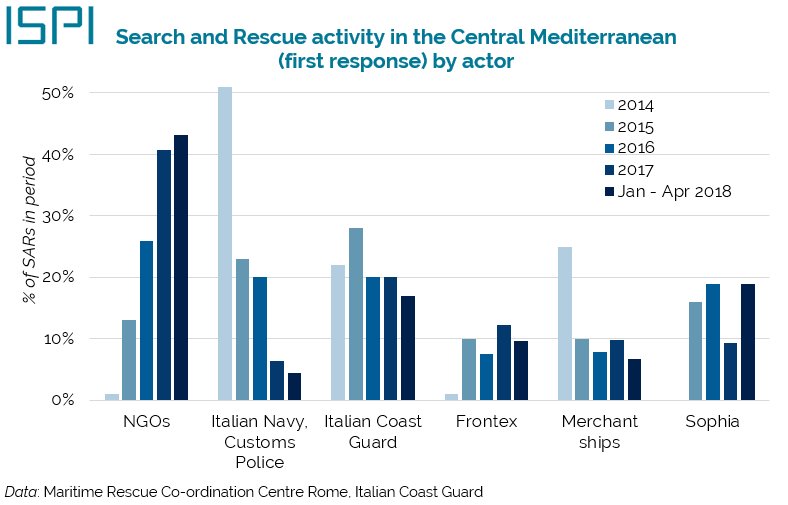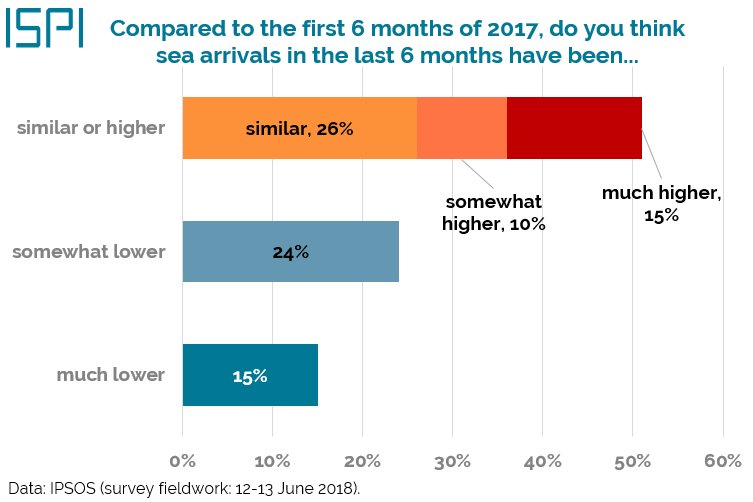Nave #Diciotti e i 177 #migranti ancora a bordo: proviamo a fare chiarezza?
(SPOILER: non sarà per niente facile)
#askmeanything
👇
(SPOILER: non sarà per niente facile)
#askmeanything
👇

#Malta sostiene che il barcone con 190 #migranti ieri notte non fosse in pericolo (distress), e che per questo motivo quando era in loro zona SAR lo MRCC maltese non abbia coordinato salvataggio ma solo affiancato barca e prestato assistenza.
https://twitter.com/dr_micfarr/status/1030167092283224064?s=21
Secondo Malta, questo è sufficiente perché La Valletta non debba indicare un proprio “porto sicuro” per sbarcare i #migranti raccolti dalla nave #Diciotti.
Ma la realtà è ben più complessa.
Ma la realtà è ben più complessa.
Da un lato, IOM dichiara (probabilmente a ragione) che tutte le imbarcazioni usate dai #migranti per lasciare la #Libia vanno considerate inadatte alla navigazione di default. Quindi in teoria #Malta non potrebbe dire che evento non è SAR.
https://twitter.com/fladig/status/1030097291020062721?s=21
Dall’altro, prestare soccorso SAR non implica (mai) che il porto di sbarco “sicuro” debba essere quello del paese che ha coordinato il salvataggio.
Anche se fosse stato evento SAR in zona maltese, nessuna norma dice che sbarco vada fatto lì.
Idem per l’Italia.
Anche se fosse stato evento SAR in zona maltese, nessuna norma dice che sbarco vada fatto lì.
Idem per l’Italia.
A ciò si aggiunga che la situazione degli sbarchi post-SAR nel Mediterraneo centrale da giugno è sempre più in flusso e complessa. Quasi non esistono precedenti, perché ogni caso è trattato (e risolto) con “soluzioni” ad hoc.
Comunque, anche se ci fossero precedenti, il punto è un altro: non esistendo norme internazionali che stabiliscano in maniera cogente criteri per individuare il “safe place” più vicino, scegliere dove effettuare sbarchi è questione sempre e soltanto politica.
La cosa si fa semplice solo quando il paese è chiaramente “non sicuro” in toto. Per esempio, un’imbarcazione battente bandiera non libica non può riportare i #migranti salvati in #Libia.
È stato il caso della #AssoVentotto.
È stato il caso della #AssoVentotto.
Ma quando invece si deve scegliere TRA paesi e porti/posti sicuri, il tutti contro tutti è la conseguenza potenziale (e, oggi, effettiva) di norme internazionali tenute volutamente vaghe dagli Stati.
La #Diciotti è per l’ennesima volta al centro di questa bufera.
La #Diciotti è per l’ennesima volta al centro di questa bufera.
Okay, ma: e quindi?
Sarebbe urgente stabilire criteri per individuare porti di sbarco e cosa accade dopo (ricollocamenti?), almeno tra Stati europei. Ma non contateci molto.
Rassegniamoci a quello che immaginavamo in tanti: grande confusione e continui bracci di ferro.
Sarebbe urgente stabilire criteri per individuare porti di sbarco e cosa accade dopo (ricollocamenti?), almeno tra Stati europei. Ma non contateci molto.
Rassegniamoci a quello che immaginavamo in tanti: grande confusione e continui bracci di ferro.
• • •
Missing some Tweet in this thread? You can try to
force a refresh




















